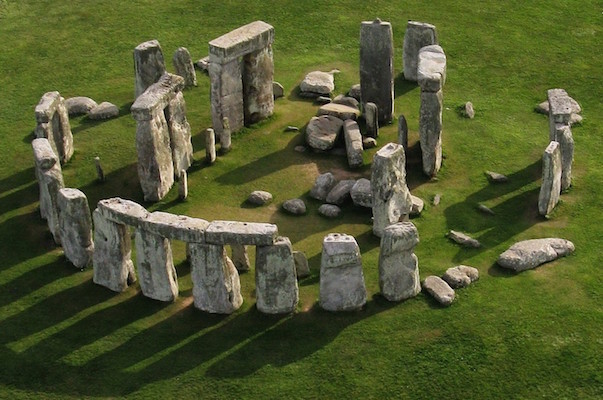The remains of 14 women believed to be of high status and importance have been found at Stonehenge, the iconic prehistoric monument in Wiltshire, England. The discovery, along with other finds, supports the theory that Stonehenge functioned, at least for part of its long history, as a cremation cemetery for leaders and other noteworthy individuals, according to a report published in the latest issue of British Archaeology. During the recent excavation, more women than men were found buried at Stonehenge, a fact that could change its present image. In almost every depiction of Stonehenge by artists and TV re-enactors we see lots of men, a man in charge, and few or no women,” archaeologist Mike Pitts, who is the editor of British Archaeology and the author of the book “Hengeworld,” told Discovery News. “The archaeology now shows that as far as the burials go, women were as prominent there as men. This contrasts with the earlier burial mounds, where men seem to be more prominent.” Pitts added, “By definition — cemeteries are rare, Stonehenge exceptional — anyone buried at Stonehenge is likely to have been special in some way: high status families, possessors of special skills or knowledge, ritual or […]
Continue reading... →